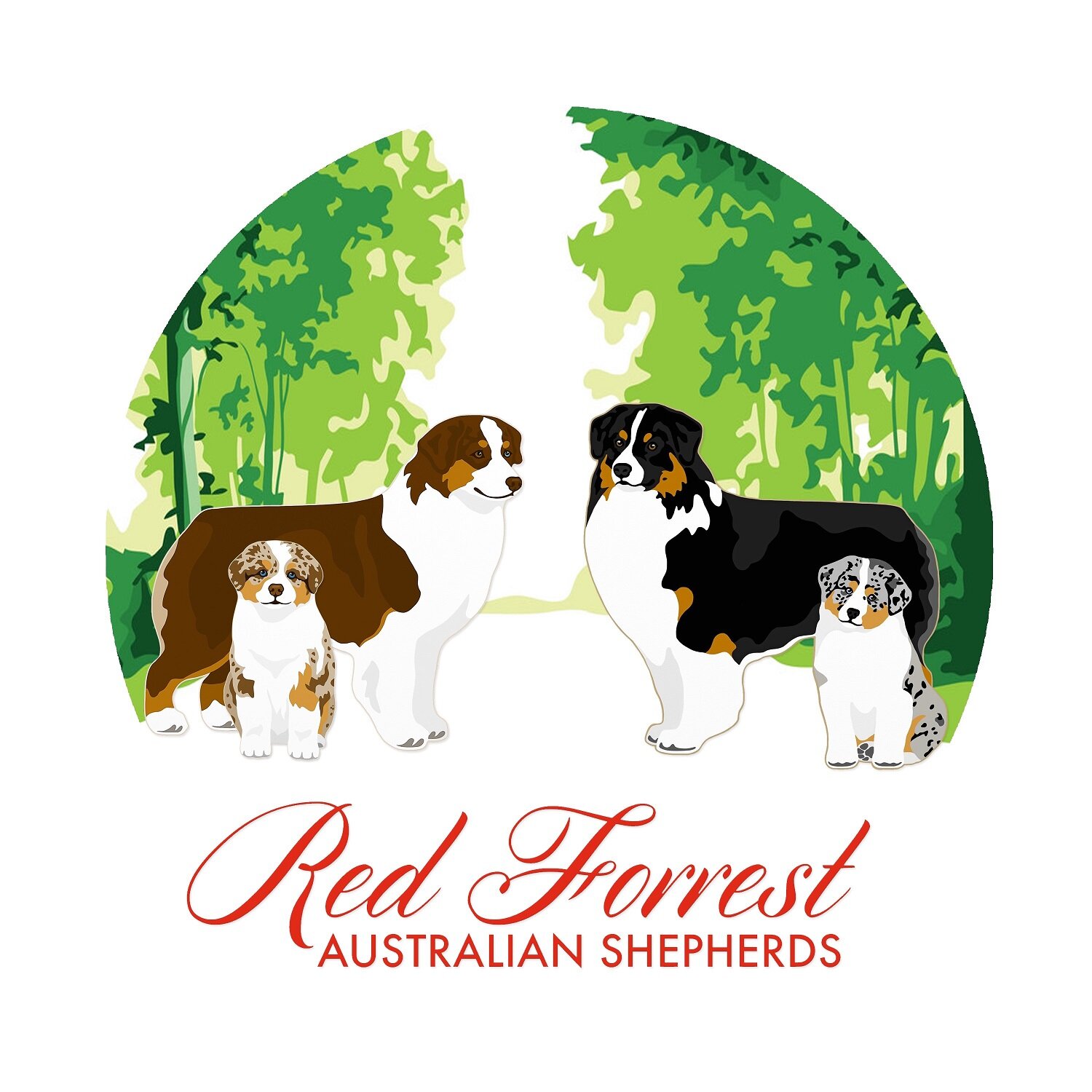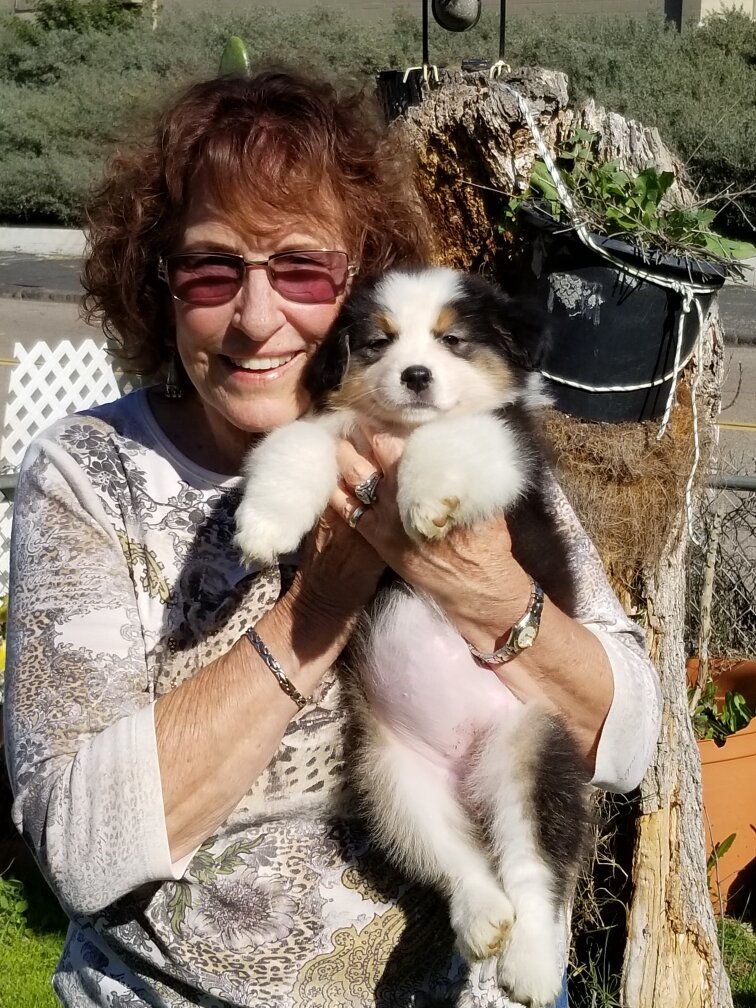2025 ASCA National Specialty was held in Winnemucca, Nevada and Red Forrest brought home some wins!!!
Rylie did awesome in Altered
Odin made his debut as a show dog!
Aayla was the Superdog qualifier, finished her OTCH 2 and finished her RTCH titles, WAY to GO Caiti Stratton!
Breeze had fun being shown by Terri Reel
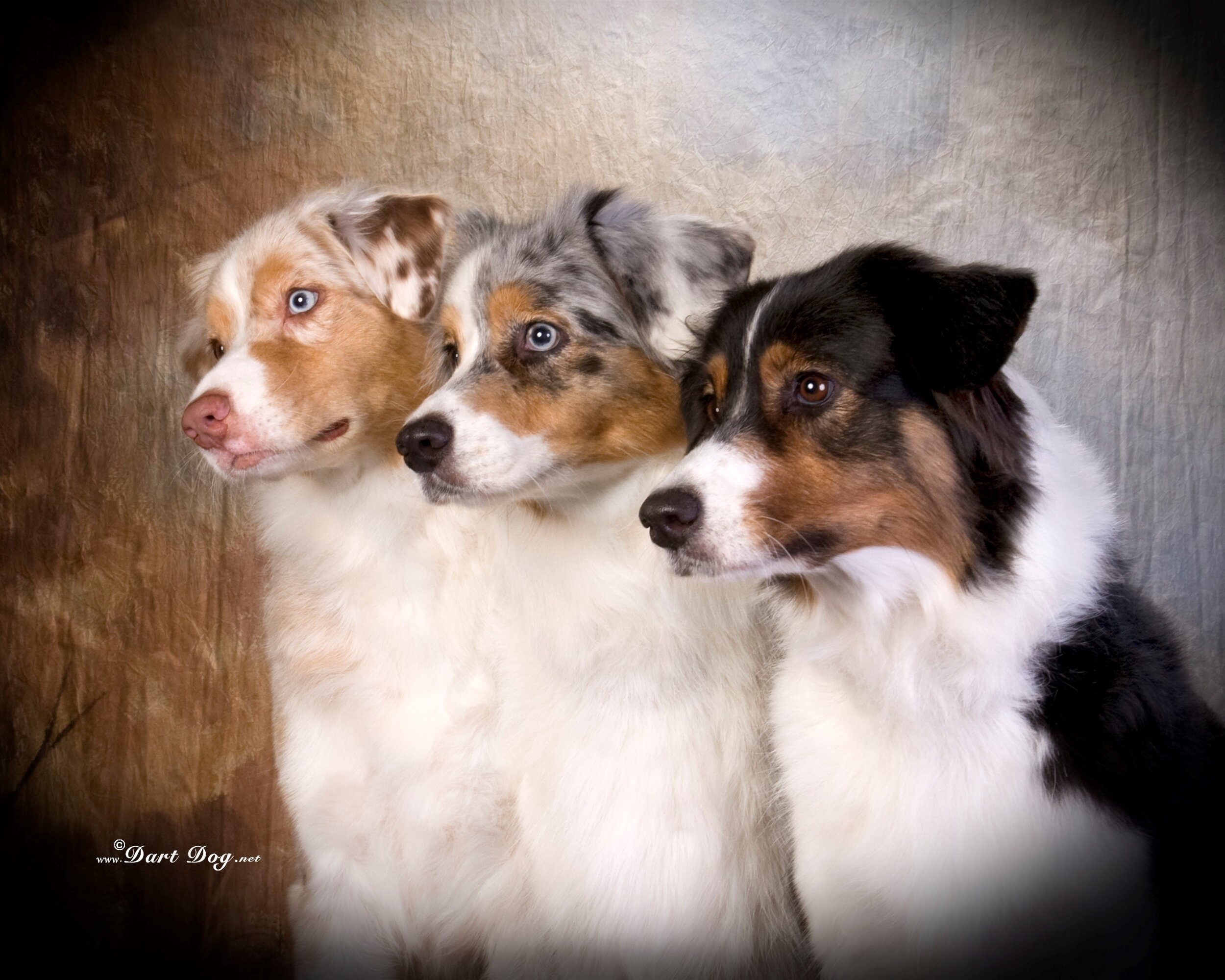
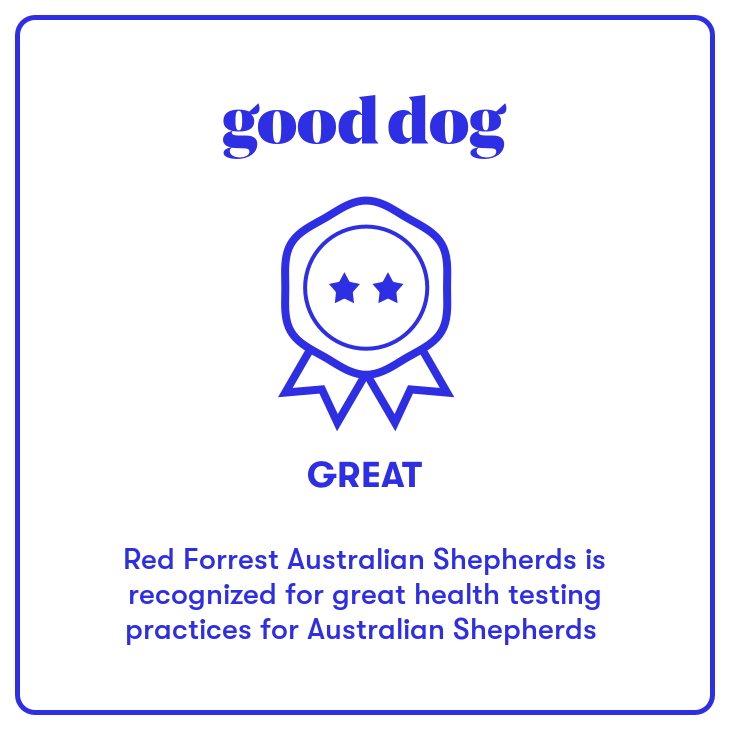
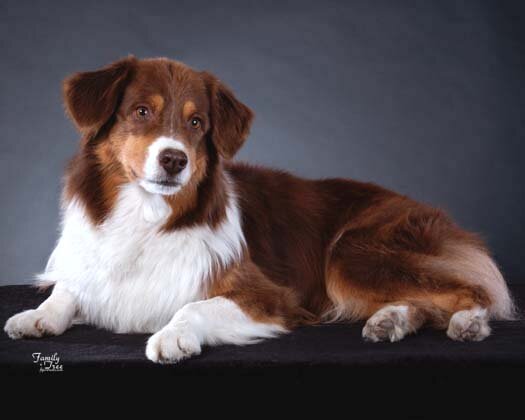
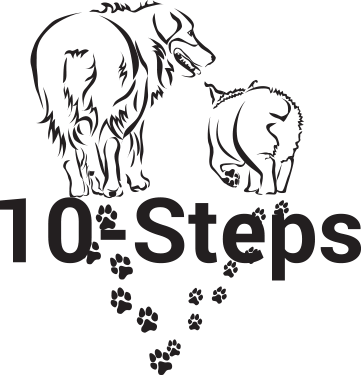
Why Red Forrest Australian Shepherds
Hi, I’m Laura, the owner of Red Forrest Australian Shepherds. The 10 Step Logo above means that I share genetic information with the Australian Shepherd Genetic Institute, so they can track diseases in this breed.
I’ve been in love with Aussies since 1991 when I got my first Aussie Chester, and I’ve been involved in Australian Shepherds for close to 30 years!
I’ve been a Senior Breeder Judge for the Australian Shepherd Club of America (ASCA) for many years, so I know almost everything there is to know about Aussies! I’ve had some high energy ones and some couch potatoes, I love them all.
In that time, my Australian Shepherds have won countless awards in conformation, obedience, agility, herding, lure coursing, trick dog and more, plus enriching countless happy owners lives along the way. When I sell a puppy I’m looking to have a relationship with the owner and hope to stay in contact for many years.
Check out my about page for more about me and what makes my Australian Shepherds some of the best in the world.
What Red Forrest Aussie Owners Have To Say
“Luna”
Laura sets the Gold Standard for responsible breeders.
As a Senior Judge she knows how to select wonderful parents for her puppies.
We were introduced to Luna when she was only 5 days old and Laura hosted "Puppy Parties" each Saturday for the owners to socialize with the pups and each other. It was so much fun marveling at how much the pups grew in such a short time. Laura also kept them up to date on their vaccinations at these parties.
Her documentation was super and she even provided a Puppy Package the day we picked up Luna. But it didn't stop there. Laura regularly hosted additional Puppy Parties where the littermates and any other Aussies she knew would go on nature hikes or have an Aussie Halloween party.
As a result we have a dog that is very competitive in the conformation show ring and has also done well in Agility, Obedience, and Rally. Plus, she's a really good family dog with an excellent disposition and personality.
Whenever I see another Aussie I don't pass up the chance to brag about Laura and Red Forrest Aussies.
- Chris
Bella
My name is Kathy Lamb and I have owned 10 different Australian Shepherds over the last 45 years. I first purchased an Aussie from Laura Diebold about 15 years ago. I have found her dogs to be wonderful pets, smart, with great dispositions. Laura is a very responsible breeder who wants to make sure that her line carries forward only positive characteristics. The dogs I have purchased from her are beautiful and have been outstanding examples of the Australian Shepherd breed.
What Red Forrest Aussie Owners Have To Say
“Madison”
We have purchased two Aussies from Laura. The first was over 12 years ago and he turned out to be a very special dog-he was a friend to all and a loving companion. We lost him to cancer and we knew our next dog must be an aussie and Laura was the perfect breeder to turn to. We got Madison, an adorable black tri female in 2021.
Laura is everything you would want in a breeder. She is extremely knowledgeable as she is also a judge for the breed. She truly cares about her puppies and is always available for support long after you have taken your puppy home. We have also used her grooming services for our new puppy. Laura is so patient and skilled she makes groom a puppy look easy! It is not!
- Tom and Kris
Bodie
We are Rachel and Bob, and we came home with this little bundle of energy in May of 2021. He was raised with puppy culture program, bathed and blowed dried each time we attended a puppy party and we were given lots of training tips. Our boy is super smart and keeps us on our toes! Laura provided a binder that contains all of the parents information (health tests) and his vaccination records. We continue to use her grooming services and look forward to how awesome Bodie is going to be when he grows up!
About Australian Shepherds
The Australian shepherd is a medium-sized, athletic working dog. Although it is called "Australian," the breed is thought to have originated in the United States, mostly in the Western States. Breed aficionados believe this collie/shepherd-type dog may have been imported with sheep from Australia or workers from Australia. The breed is extremely agile, intelligent, loyal and hard-working. Though known as a herding dog, the Aussie has a talent for all types of athletic activities. They are ubiquitous on the rodeo circuit and commonly associated with the cowboy lifestyle. However, the breed also makes an excellent companion dog for medium to high-energy owners.
Australian Shepherd Breed Overview
GROUP: Herding
HEIGHT: 18 to 23 inches
WEIGHT: 40 to 65 pounds
COAT: Medium to long coat
COLORS: blue merle, red merle, black tri, red tri; all colors may have white markings and/or tan (copper) points
LIFE EXPECTANCY: 12 to 15 years
HEALTH ISSUES: Epilepsy and Cancer, generally a healthy breed (the incidence of hip dysplasia is low)
DISPOSITION: Affectionate, Reserved with Strangers
ENERGY: Medium to High
KIDS: Friendly if raised with kids
PETS: Friendly, depends on socialization as a puppy and if pet is neutered/spayed
PLAYFULNESS: Most like toys and water
TRAINABILITY: High
INTELLIGENCE: High
TENDENCY TO BARK: High (please don’t encourage your dog to bark). I train my puppies the “quiet” command
AMOUNT OF SHEDDING: Medium to High (this depends on how often you brush and groom your dog)
History of the Australian Shepherd
The Australian shepherd breed was developed in the United States. Basque people from the Pyrenees of northeastern Spain/southwestern France came to the American West in the mid-19th century to herd sheep and brought dogs with them. The name "Australian shepherd" may have reflected those who came to the U.S. after first working in Australia or the origin of the herds of sheep, but this is not clear. These dogs are not registered in Australia as a native breed.
American ranchers raised and bred the dogs as livestock herders and farm workers. They do well at high altitudes such as in the Rocky Mountains, Sierra Nevada, and high plains where ranchers pastured their livestock. As Western movies, television series, and rodeos were popular after World War II, the breed became well known.
Australian Shepherd enthusiasts and breeders have worked hard to keep the breed true to its heritage. Australian Shepherds were first recognized by the American Kennel Club (AKC) in 1991.
Miniature Australian shepherds were bred and the breed was accepted in 2012 as Miniature American Shepherds by the American Kennel Club. There is no such thing as a toy Miniature American Shepherd, it is not recognized by the AKC.
